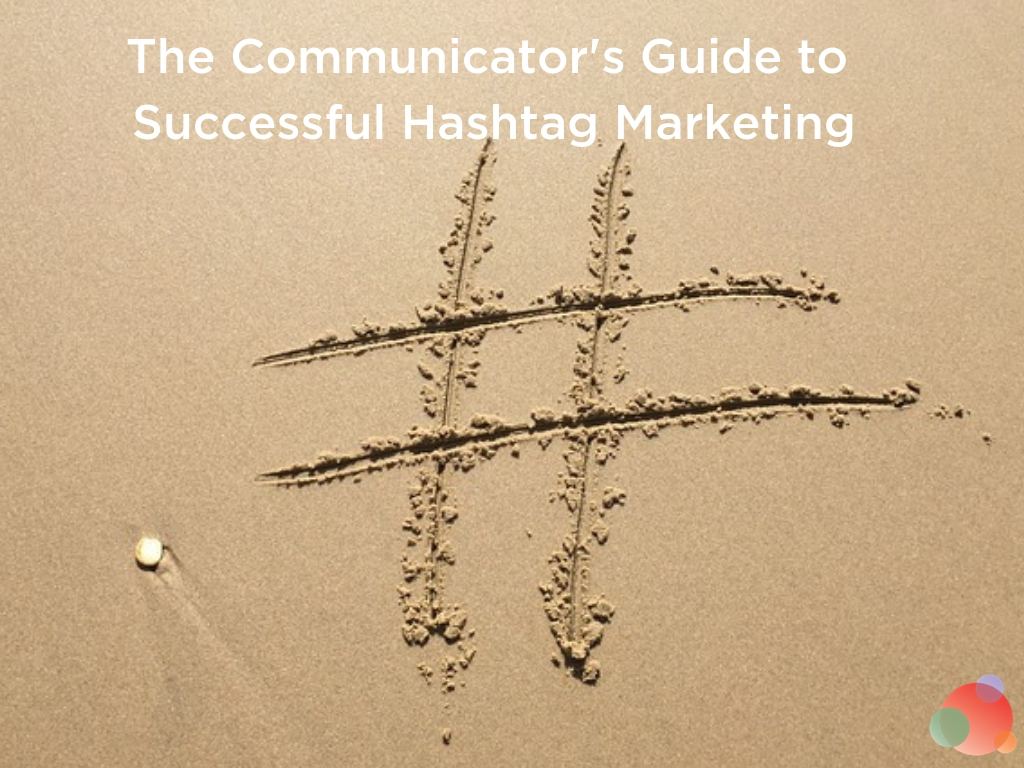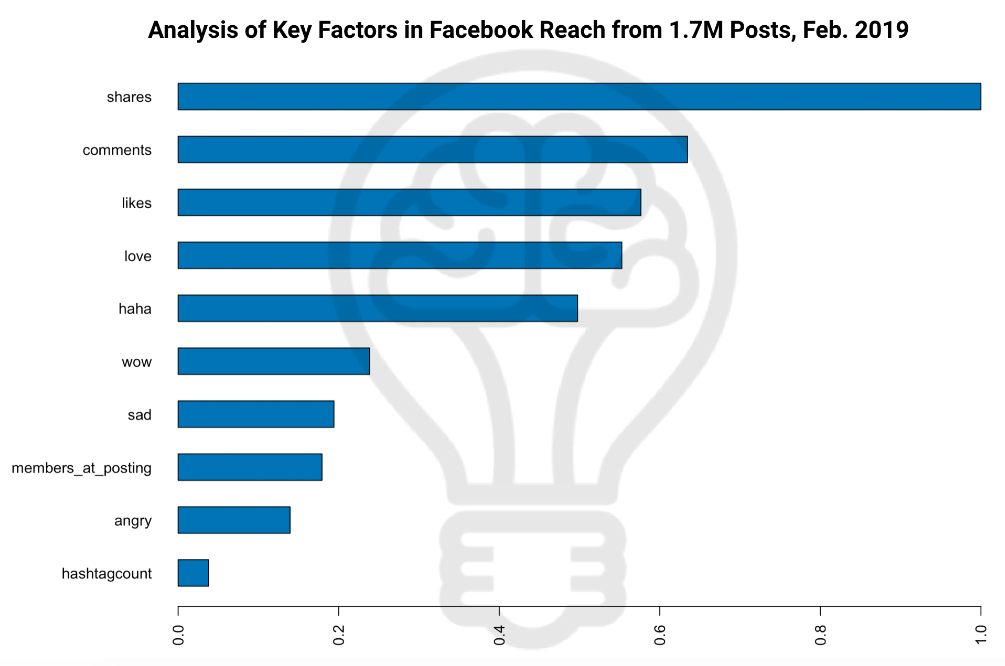 #hashtagmarketing #hashtags #hashtags4life #therealhashtagsofsocialmedia
#hashtagmarketing #hashtags #hashtags4life #therealhashtagsofsocialmedia
Love them or hate them, hashtags are a permanent stable of our daily life.
Which means hashtag marketing and proper use of everyone’s favorite little pound sign must be a concern of every organization.
The use of hashtags in shared media is a tactic that must be considered as part of a comprehensive communications plan.
Unfortunately, just like selfies, brand storytelling, automation, transmedia marketing, voice search, and soooo many other fun communications toys, hashtags are often used obtrusively.
Today we are going to review how to use them #creatively and #strategically.
The Four Cs of Hashtag Marketing
In general, hashtags are used in four different ways:
- Conversation
- Categories
- Contests
- Communication
Use the four Cs of hashtag marketing when deciding if and when the use of a hashtag fits into your communications strategy.
If it doesn’t make sense based on one of the hashtag marketing Cs—and in context of your business goals—#leaveitout
Hashtag Marketing for Conversation
One of the most frequent ways consumers use hashtags is for conversation. Hashtags can lace together and allow someone to easily follow conversation through multiple channels, participants, and even topics around one basic theme.
We see this in action whenever a conversation about an offline event goes online. This might be a TV show (such as the #Bachelor), a sports game (such as the #SuperBowl), a political event (such as the #SOTU), or even a tragedy, as we saw during the Parkland shooting, and just this last week on its one year anniversary.
What you should do:
- Use a hashtag to encourage conversation and build a community around a topic, brand, event, or theme.
- Create conversation and help people connect online around an offline event.
- Encourage conversation around topics connected to your brand, product, or service.
What you shouldn’t do:
- “Newsjack” a popular hashtag in an attempt to insert your brand into a conversation where it doesn’t belong or be promotional in any way.
- Not use your critical thinking skills.
Some might remember how Kenneth Cole had a major Twitter fail doing just this to promote their new spring collection during the protests in Egypt.
Hashtag marketing in this way allows you to encourage, host, and at times be a moderator around discussion about topics or events relevant to your brand.
The focus should always be about community building and connection and never about promotion or selling.
Help People Find You through Category Hashtags
Another frequent use of hashtags is to find new content around specific categories or topics.
While pretty much all the social networks have some sort of hashtag system to thread related conversations together, they are not all created equal. More on that later!
You see this use of hashtags both on Instagram and Twitter frequently through searches for things such as #contentmarketing or #mediarelations.
You also see it specific to a group or theme such as #tbt, #flashbackfriday, and #ootd as well as team- or brand-specific hashtags.
For example, I belong to a competitive bodybuilding team with athletes around the nation. I keep up with what they are doing through training, competition, and so on through our team hashtag.
Categorize Yourself
What you should do:
- Think about the topics and categories your ideal consumer searches to find new content and use appropriate hashtag marketing as a delivery wagon to help your content reach new audiences.
- Understand how each social network uses hashtags to categorize topics.
- Just like with keywords, more search volume isn’t necessarily better.
- Choose specific and targeted hashtags so your post doesn’t get lost in the jumble. For example, for a wedding photographer based in Atlanta: #photography will be a LESS effective hashtag for you to get in front of actual potential customers then #weddingphotographyATL or something similar.
- Think about what your customer might search for on social media and tie your hashtag plan into those keywords. (Hint: the keywords you use for your owned content is a great place to start).
- Create brand-specific hashtags to help your community keep track of each other.
What you shouldn’t do:
- Clutter category streams with posts that aren’t relevant to the hashtag tag or theme.
- Go big or go home. General hashtags might get more views on your posts but will not increase engagement or help your customers find you.
- Not use your critical thinking skills.
Hashtag Marketing for Shared Media Contests
Not only are hashtags needed to help people find and follow your contest, but they are also necessary for you to align with FTC guidelines for contests.
There are endless ways to create brand-specific hashtag marketing contests. One example I love is the #Tweetameet campaign through Qatar Airlines.
When they considered the best ways to connect with their audience, Qatar Airlines found two things:
- Most of their bookings came from online channels.
- Their consumers showed a high level of social media activity.
So Qatar Airlines explored how they could be more socially active themselves and connect with consumers online.
Thus #Tweetameet was born.
They created a user-generated, crowded-sourced travel guide through hashtag marketing.
This Twitter-based contest encouraged participants to pair up and tweet about a destination of their choice, to which the airline traveled. They then worked together with their audience to produce and tweet travel tips on the destination using hashtag #tweetameet.
Participants received one “Tweet mile” for every tweet sent and winners received tickets to their destination of choice.
Contest Hashtags Done Right
The contest worked to not only engage travelers, but also help people learn more about the 120 destinations where Qatar Airline travels.
What you should do:
- Think of how you can create a hashtag marketing contest that exposes both your brand and what you do in a way that drives and collects qualified leads (for example #tweetameet participants had to register through a microsite) and raises brand awareness.
- Make sure you connect your hashtag to contest rules and guidelines in order to stay friends with the FTC.
- Check out our user-generated content guide and tutorial on how to use UGC in your 2019 communications plan for more tips, tricks, and ideas.
What you shouldn’t do:
- Create a contest for the sake of a contest without a clear plan or goal.
- Have a hashtag that doesn’t make sense in terms of your brand or contest set-up.
- Not use your critical thinking skills.
#IamIsaid
Why am I hashtagging my favorite Neil Diamond song (don’t judge me)?
People also use hashtags simply to communicate personal ideas and feelings (well, and I also just wanted to have an excuse to blast I am, I said really loudly while writing this blog…win/win).
From a hashtag marketing perspective, this serves as a reminder one fantastic use of hashtags is to help you monitor brand sentiment.
And afterall…#PetroPOWER!!!!!
How Many Hashtags Should You Use?
#Depends
It really depends on a lot of things, including your audience, industry, the network, and the goal.
This means like EVERYTHING in communications there is no “one size fits all” equation to follow. You have to use your brain, monitor, test, and measure.
TrackMaven did do a study in 2016 which showed, in general, more is NOT better.
While obviously a bit dated, here are a few of the most interesting findings:
- Tweets with one hashtag get the most engagement. After the first hashtag, there is a sharp decline in engagement and interactions with posts.
- Instagram posts with around nine hashtags do best, and then engagement starts to decrease slowly from there.
- Facebook posts follow Twitter in the one hashtag rule. After that, engagement decreases sharply.
Chris Penn’s research shows currently hashtags matter very little on Facebook. (The team at Trust Insights is coming out with a more detailed report as well, so I’ll link to that here when it comes out as well).

I personally find it depends on the type of post and industry on Instagram if hashtags make a difference or not. In some cases they make a significant difference. In others, they might increase engagement by less than 10 views.
And LinkedIn keeps changing their hashtag game. You might have noticed they recently added them to Business pages.
All of this is just five million different ways of saying: test, measure, refine.
Monitor and Measure
Hashtag marketing shouldn’t stop at the tweet or Instagram post. Just like any other tactic, measurement and monitoring is extremely important and can help you gain useful information to inform future campaigns and communication outreach.
A great example is how the Obama White House monitored tweets using #SOTU as a way to test the messages in the President’s speech.
The following day they applied those learnings to emphasize and reinforce the messages that resonated best.
There are several tools that will help you to do this, and will work well along with Google Analytics and whatever other lead conversion tracking tool you might use.
From conversation to contests, community to conversions, hashtags can be used for good vs. evil.
What are your favorite examples of brands using hashtags well?